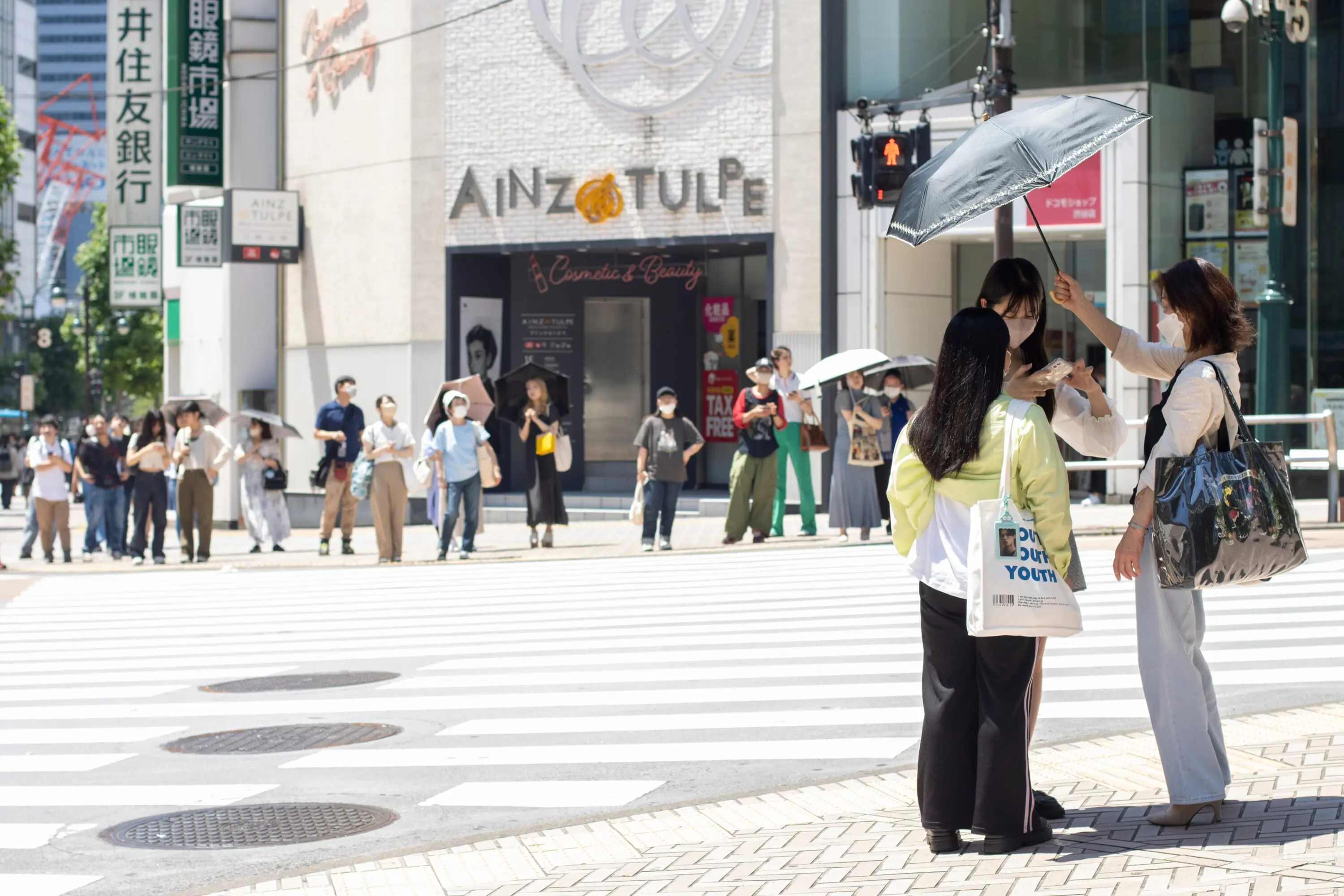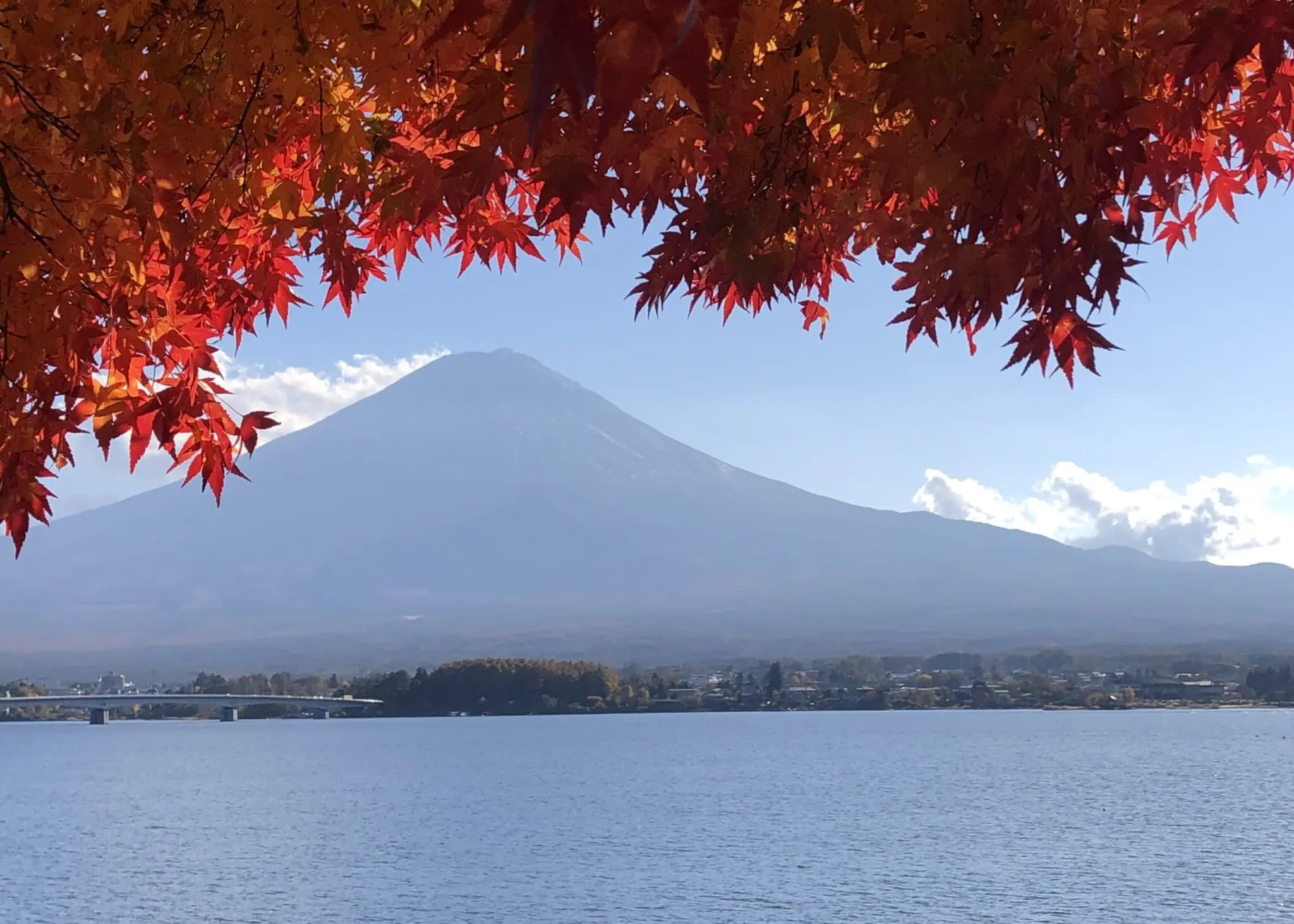It’s almost November and Mount Fuji is still snowless. It’s the longest the active volcano has been without snow since records began in 1894. The peak usually begins to see a little snow in early October. Last year, for instance, it started to see flakes on October 5. Speaking to AFP, Yutaka Katsuta, a forecaster at the Kofu Local Meteorological Office, said that the previous record was October 26, seen in both 1955 and 2016. News of the record-breaking lack of snow comes in the same week that Simon Stiell, the United Nations Framework Convention on Climate Change (UNFCCC) chief, said that current national climate plans are falling “miles short of what’s needed to stop global heating from crippling every economy, and wrecking billions of lives and livelihoods across every country.”

Snowless Fuji Linked to Unseasonably Hot Summer and Autumn
Last month, Kyodo News reported that, according to the Japan Meteorological Agency, the country logged its hottest summer since comparable data started being tracked in 1898, tying the record set in 2023. “Temperatures were high this summer, and these high temperatures continued into September, deterring cold air,” Katsuta told AFP. Last month, almost 1,500 areas had what Japan’s Meteorological Society class as “extremely hot” days, which is when temperatures reach or exceed 35 degrees Celsius. Experts believe that, as well as the unseasonably hot summer and autumn, high levels of rainfall may have also contributed to the lack of snow.
About Mount Fuji
Mount Fuji is an active stratovolcano located on the Japanese island of Honshu. With a summit elevation of 3,776 meters, it is the tallest mountain in the country. It last erupted on December 16, 1707. A cultural icon of Japan, its symmetrical cone is usually covered in snow for about five months of the year. It was added to the World Heritage List as a Cultural Site on June 22, 2013. Every year, hundreds of thousands of people ascend Mount Fuji. This year, the Yamanashi Prefectural Assembly started collecting entry fees of ¥2,000 from those wanting to climb the mountain via its most popular route.









